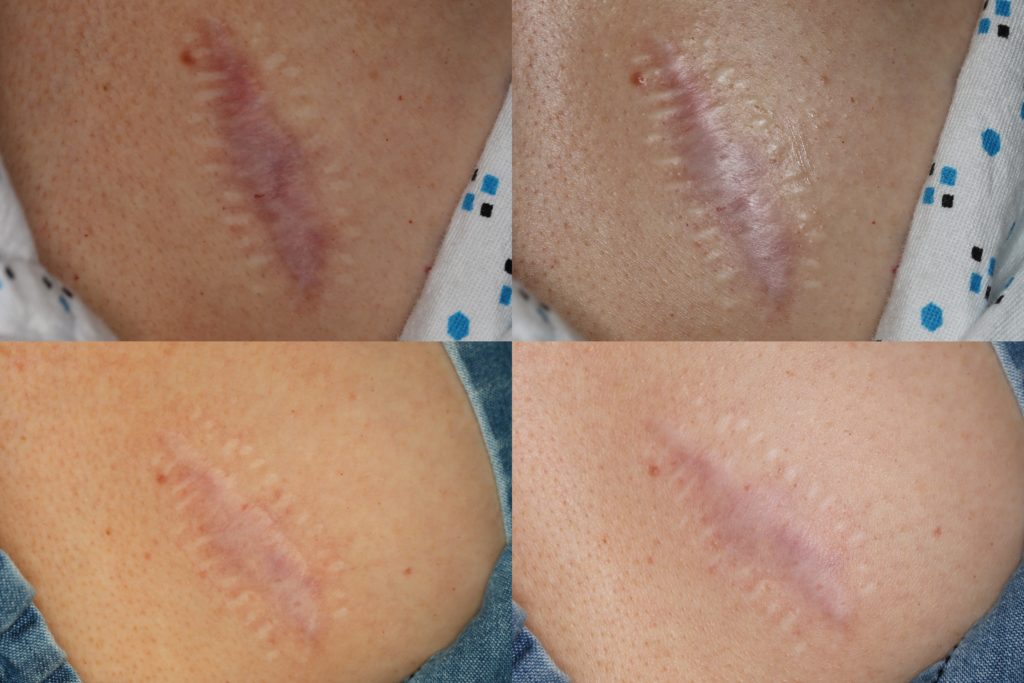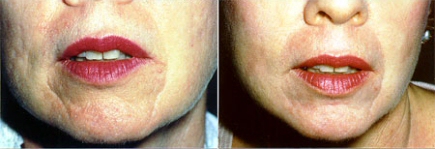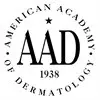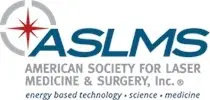Surgical Scar Reduction in Washington, DC
Surgical Scar Reduction Before and After Gallery *




Surgical and traumatic scars are caused by intentional (surgery) or unintentional (traumatic) injury to the skin. Due to the individual nature of each individuals wound healing process scars heal with variable cosmetic outcomes, including both color discrepancies such as hypopigmented (white), hyperpigmented (brown) scars, or persistently red scars. Scar healing can also lead to variable textural change such as hypertrophic (raised) scars or atrophic (depressed) scars. There are various methods for treating and improving the appearance of scars.
Treatments for Improvement of Scar Color
To improve the visual color change of a scar multiple techniques are used depending on the color of the scar and background skin color. Red scars are almost always treated initially with the Pulsed Dye Laser, which targets excess vascularity (blood vessels) within scars to reduce persistent redness within a scar. This treatment has the secondary effect of softening firm scars and improving the end appearance of fresh surgical scars. For white, light, or dark scars, various devices can be used to either lighten or attempt to repigment (darken) white scars, including Fraxel Laser, RF Microneedling, Erbium Resurfacing, and CO2 resurfacing.
Treatments for Improvement of Scar Texture
I the case of atrophic or ‘depressed’ surgical scars, techniques such as subcision followed by fillers such as Restylane or Juvederm can be used to smooth and level out the skin surface at the scar reducing the scar’s appearance temporarily. More permanent improvement in depressed scars can often be obtained through treatments aimed at developing new ‘normal’ collagen within a scar such as Fraxel Laser, CO2 Laser, or RF Microneedling. Some surgical or atrophic scars can benefit from surgical scar revision to reorient the scar or improve the approximation of the scar edges.
Hypertrophic or ‘raised’ scars are best treatment with multi-modal therapies. Typically anti-proliferative injections will be performed initially to soften and reduce abnormal collagen which forms within a scar causing it to be raised or firm. To further improve the texture of hypertrophic scars we offer Laser Assisted Drug Delivery (LADD), a novel technique which combines the use of high powered Carbon Dioxide Lasers and the topical application of medications to soften hypertrophic scars and improve both texture and function of individuals affected by these types of scars.
When is the Best Time to Treat a Scar?
Anytime! Contrary to previous beliefs early intervention for both surgical and traumatic scars can improve the overall wound healing process leading to significantly better cosmetic outcomes versus waiting for a scar to mature then attempting to treat this. We often initiate treatments within 2-4 weeks after known surgeries and continue treatment throughout the healing process (up to 1 year for most scars). While it is possible to treat and improve mature scars, the results obtained through early intervention can be remarkable and we recommend pre-surgical consultation with Dr. Adrian for to develop a post-surgical treatment plan for planned surgeries.





